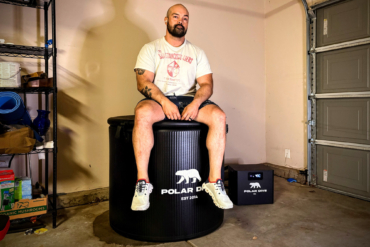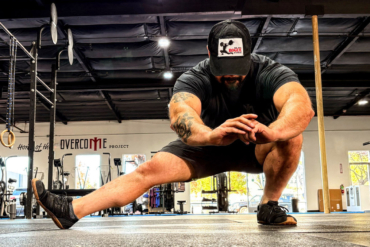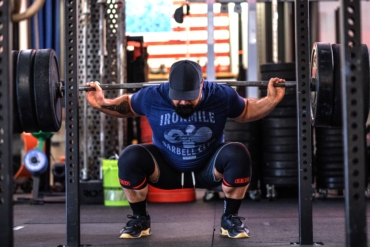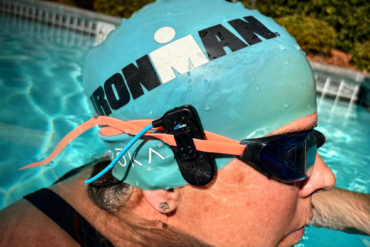Dr. David Karli, his tech Mariah, and an anesthesiologist named Adriana were all hovering over me. Soon, I’d be taking a deep nap while Karli and Mariah drilled into my hips to extract bone marrow, which would be centrifuged, turned into stem cells, and injected into my knee.
I was grateful for the anesthesia. From experience, I knew the extraction process was uncomfortable. When it was all over, though, I knew the stem cell therapy treatment would work wonders on my injured knee. This was my second trip to Dr. Karli for two separate issues. But this was the first time I was being put under for the treatment.
Stem cell therapy is still relatively new. If you’re considering the treatment or curious about what it entails, here’s how they work and what the procedure and recovery times are — based on my own experiences and interviews with medical professionals I spoke with. You can also find links to helpful resources to learn more.
I’m a highly active 64-year-old male. While I wouldn’t say that I’ve been overly abusive to my body, it has been pushed. I’ve guided on rivers on several continents, spent years as a competitive kayaker and elite-level instructor, and spent time alpine ski racing, coaching, and instructing. Along the way, I had access to amazing professional advice from top physical therapists and trainers at various Olympic Training Centers.
When injuries arose, I had people much smarter than me to consult with. Karli was one of them; he completed his residency at Harvard Medical School, served as chief resident in his final year, and subsequently joined the faculty at Harvard. He holds an MBA and is a competitive bodybuilder, and athletes who are common household names fly in to have him work on their bodies. He started the Karli Center in Miami in 2023.
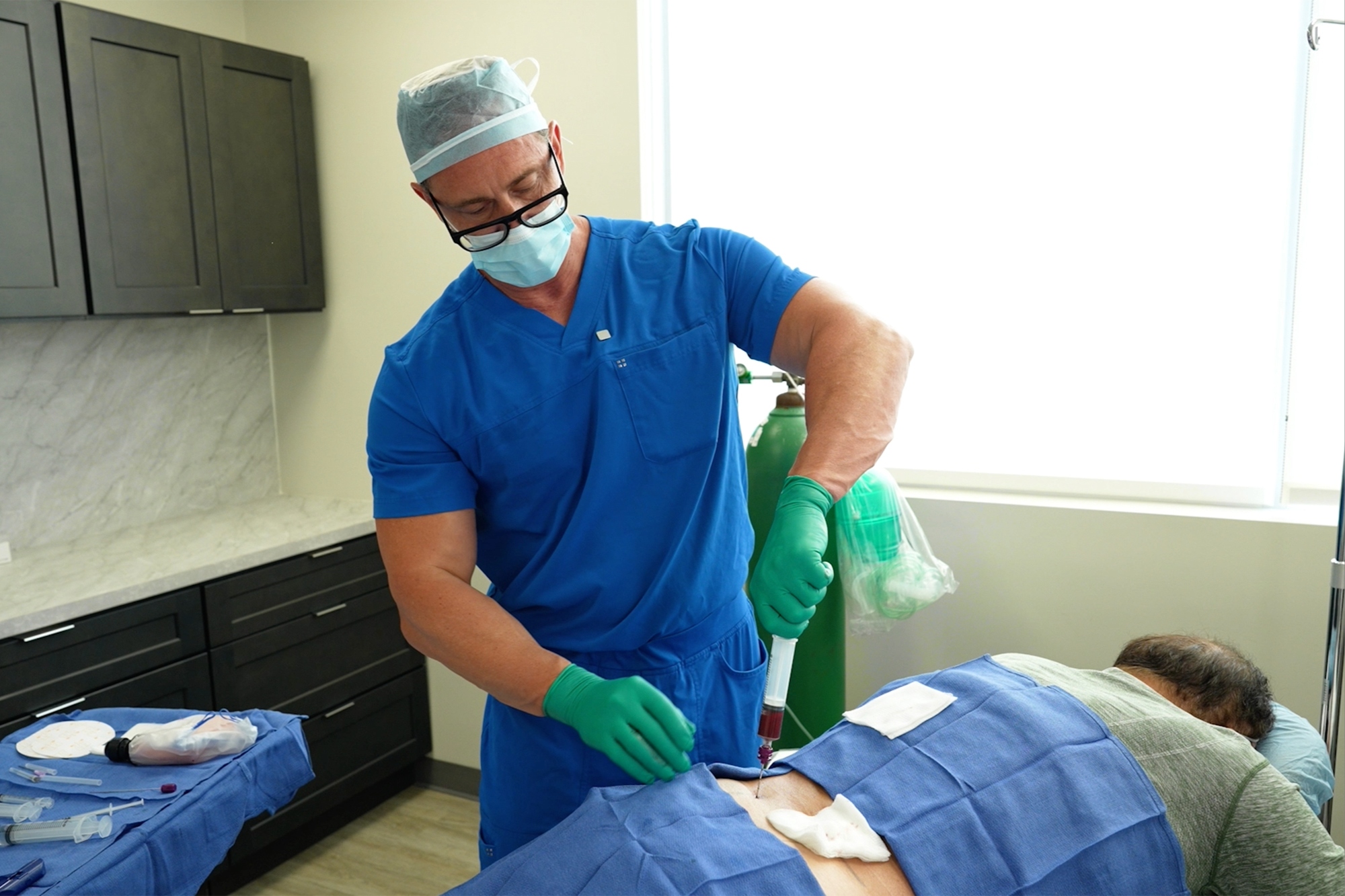
He also helped me the first time I had stem cell therapy 7 years ago, and the results were life-altering. Following the recovery period, my back — which had been compromised for decades — felt like it was 100% again. Playtime on the floor with our 80-pound lab was amazing. I could jump up off the floor. I could ride my bike for hours without pain again.
However, this year, while starting an intense strength training block for alpine ski racing season, my right knee swelled up. An MRI revealed the beginnings of arthritis not far from where I’d once completely ruptured my quad. My local orthopedic recommended lubricating shots, which, unfortunately, almost always lead down the same path: An eventual knee replacement. They are a band-aid.
I opted for a more long-term fix and contacted the Karli Center. My MRI was on a Tuesday. On Thursday, I had a phone consult with Dr. Karli. And the following Friday, I was in his procedure room in Miami, enjoying the beautiful haze of anesthesia.
Editor’s note: Stem cell treatments, in their various forms for orthopedic applications, are not FDA-approved. In many cases, insurance is unlikely to cover treatments. The following is a broad outline of what the procedure is, and what is involved if you choose to embark on a stem cell therapy program. Please see the list of resources at the end of this article to gather up-to-date medical information before embarking on any procedure.
What Are Stem Cells?
Stem cells are cells that can “self-renew,” making more cells like themselves, or “differentiate,” becoming other cells entirely. When injected into a body, these cells can replace or repair damaged tissue. The range of what can encompass “stem cells” is extremely broad, with practitioners on all ends of the spectrum. That’s part of why stem cell treatments have been the subject of so much controversy over the years.
The field of stem cell therapy is rapidly evolving as peer-reviewed scientific studies explore its applications and efficacy. Those applications range from treating stroke to spinal cord injuries to orthopedics.
Currently, in orthopedics, the treatment of osteoarthritis is well documented. Soft tissues like tendons and ligaments are also commonly treated with either stem cells or their cousin, plasma-rich protein (PRP).
Sources of Stem Cells
Stem cell treatments largely started in the 1980s with bone marrow transplants to treat blood disorders.
“For non-blood related problems, the early 2000s were the conceptual testing grounds for targeting orthopedic, chronic wounds, and vascular indications,” Karli told me.
Placentas and umbilical cords can also be sources of stem cells. However, the quality of that type of stem cell once harvested and transported, and its biocompatibility with your immune system, are huge variables. Karli specializes in Autologous stem cell treatment, which uses cells that originate from your body.
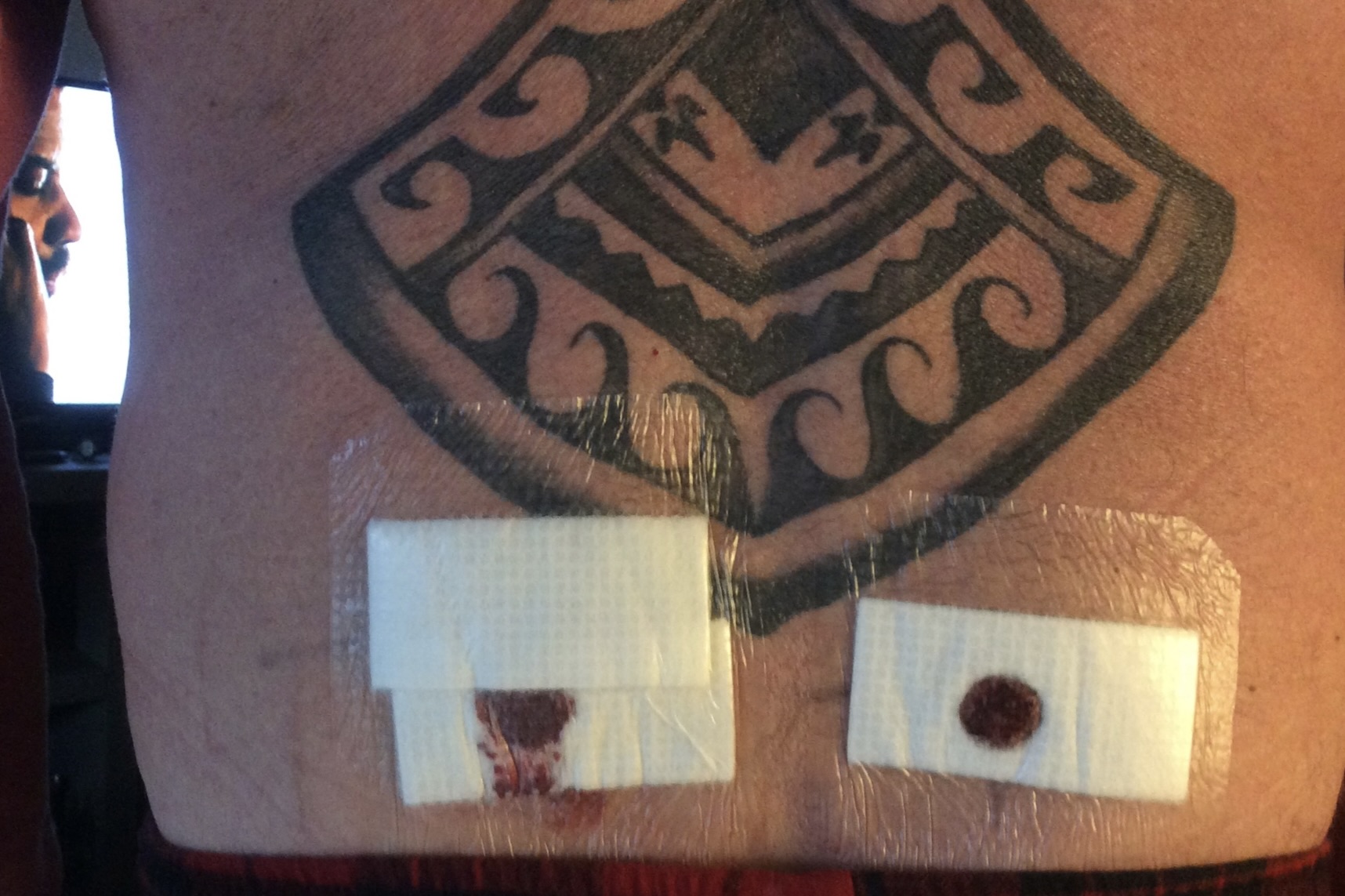
This is the preferred method for those at the cutting edge of orthopedic treatments. To perform Autologous stem cell treatment, bone marrow must be harvested from your hips. That marrow then goes through a series of centrifuges. Mesenchymal Stem Cells (MSCs), Hematopoietic Stem Cells (HSCs), and other multipotent cells are the sought-after elements.
At each stage of centrifugation, specific percentages of stem cells are segregated. This nets out the exact formula predicted by a data set to provide the most robust therapeutic response.
When the slurry of stem cells is segregated, they are injected at very high concentrations into the exact location where they are required. Medical imaging helps medical professionals pinpoint the location. If you miss the location, make an error with the cell formula, or miscalculate the concentration, you will lack the therapeutic response.
How Do Stem Cells Work?
According to Karli, the mechanism is a “mixed effect.” Stem cells “read” any environment they’re injected into (like an arthritic knee, damaged hip, etc.). Then, they react to it.
A small percentage of the cells may differentiate or become a replacement cell for the target tissue. More often, according to Karli, the stem cell reacts to its environment by releasing proteins to coordinate and drive the environment back to a “normal” or healthy state.
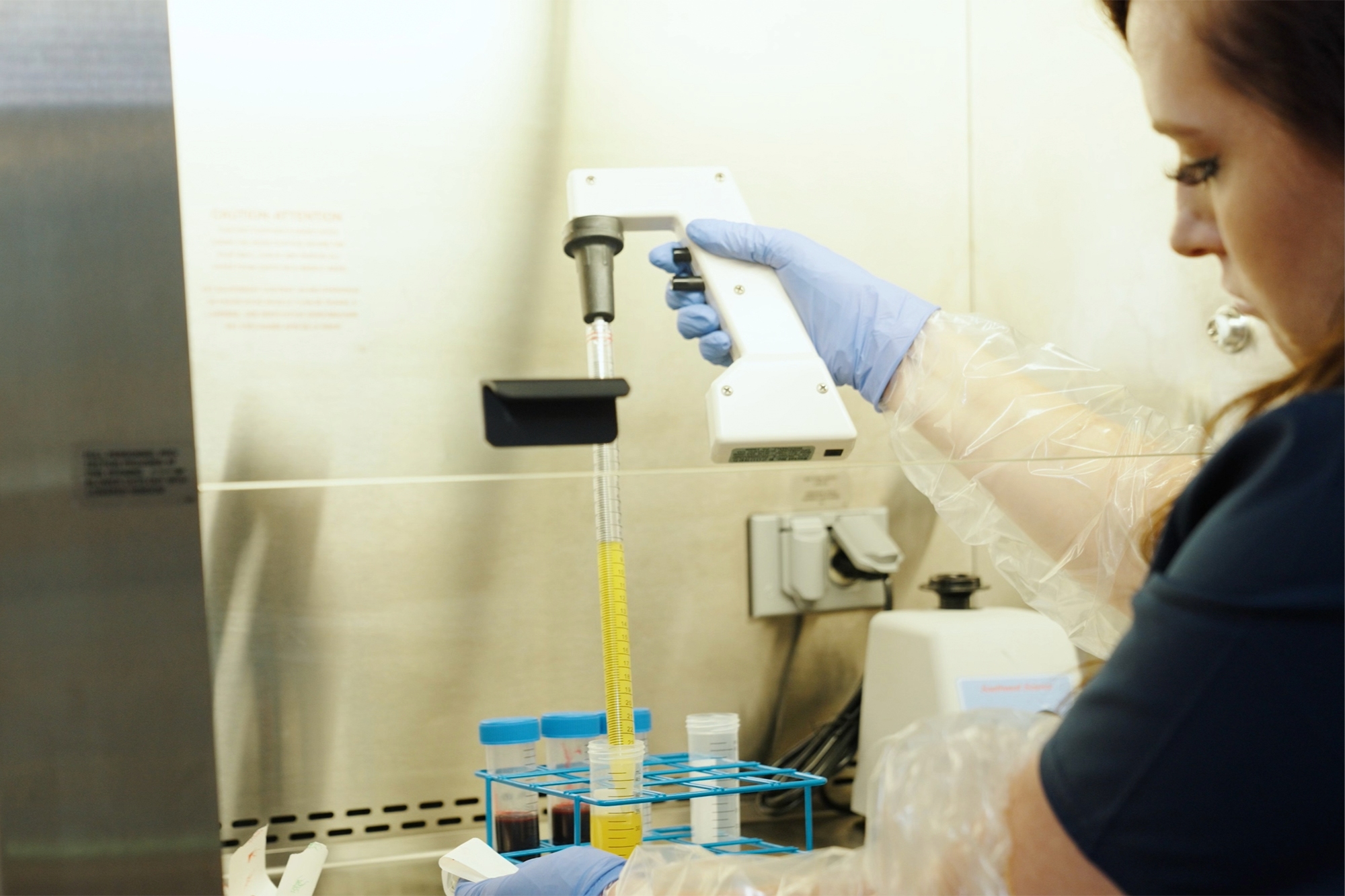
“The two mechanisms are the way that these cells maintain our bodies under normal circumstances,” Karli said. “By concentrating them and implanting them into an injury or disease state, patients benefit by their nature.”
The data set that your medical professional is working with is a key part of this process.
“Part of what we are tracking with cell counts, concentrations of cells, ratios of cells, and total number of cells looks to [identify] optimal concentrations for a target therapy,” Karli said. “This creates the opportunity for predictive modeling to ultimately counsel patients more effectively and provide the best potential for a good outcome.”
Stem Cell Therapy
While stem cell treatments are not as invasive as traditional orthopedic surgery or a parts replacement, it is still very much a surgical procedure. There are variables that impact the procedure’s efficacy. Fortunately, you are largely in charge of those variables.
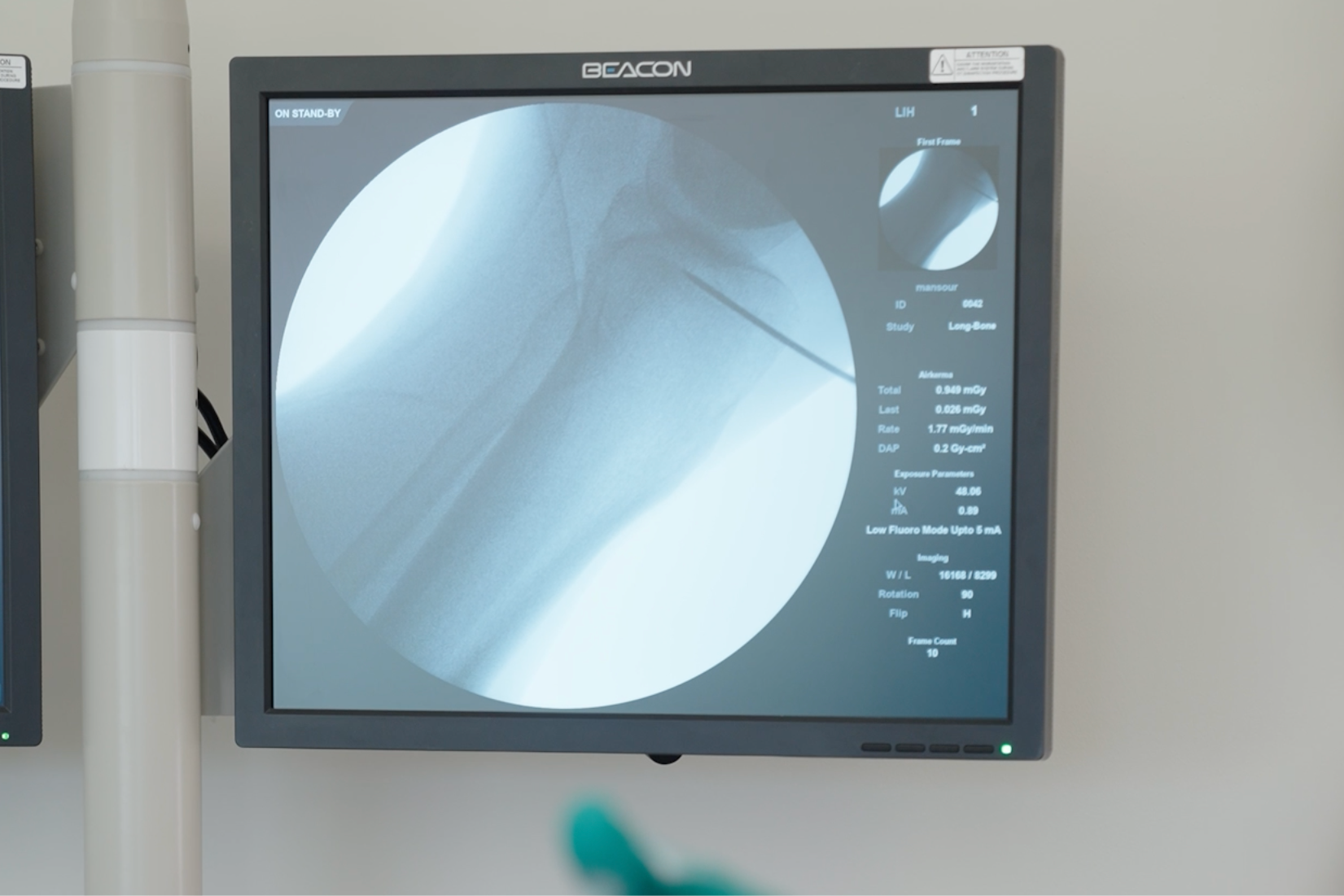
Severity of Damage
A meta-study by the National Center for Biotechnology Information and others noted that the more acute your situation is, the less likely you will have an amazing outcome.
If you catch an injury or disease in its early stages, the chances of a full recovery are higher. It’s best to explore your condition and viability for a desired outcome with a stem cell specialist.
Your Health
Because stem cells replicate, they tend to reflect your overall physical condition. If you are chronically unhealthy, have a bad diet, and/or drink or smoke a lot, your stem cells may not be as robust as those of a healthier individual. Smoking, in particular, has a negative effect, as nicotine dramatically affects tissue vascularity and, thus, healing potential.
Living a healthy lifestyle helps create an optimal environment for cell division. So eating healthy and exercising regularly is a great strategy for a great outcome if you’re considering stem cell therapy.
Four Phases of Recovery
With a mechanical medical fix — like a broken bone or sutured wound — you feel the pain of pushing hard following surgery. However, with stem cells, there tends to be no such feedback. You need to embrace the concept that cells are dividing. Have the discipline not to hassle them while they do their work.
Dr. Dirk Kokmeyer is among the top physical therapists in the nation. He works with many professional athletes who have had stem cell treatments. In addition to a Ph.D. in physical therapy, he is also a certified Sports Clinical Specialist. According to Kokmeyer, there are four phases to healing after stem cell therapy: hemostasis, inflammation, proliferation, and maturation.
Hemostasis occurs when the body starts the inflammation process. Platelets and fibrin are released to form a clot, which helps contain the injury.
A cascade of other events also occurs, triggering cells to begin building scar tissue. The inflammatory phase is where fluid engorges the wound so cells and enzymes may move freely to clean up bacteria and growth factors while other cells start the repair process.
The proliferation phase is when the “tissue cocktail” from the inflammatory phase actually starts making tissue, although the wound is still vulnerable.
Finally, during the maturation phase, recovery slows until healing is complete.
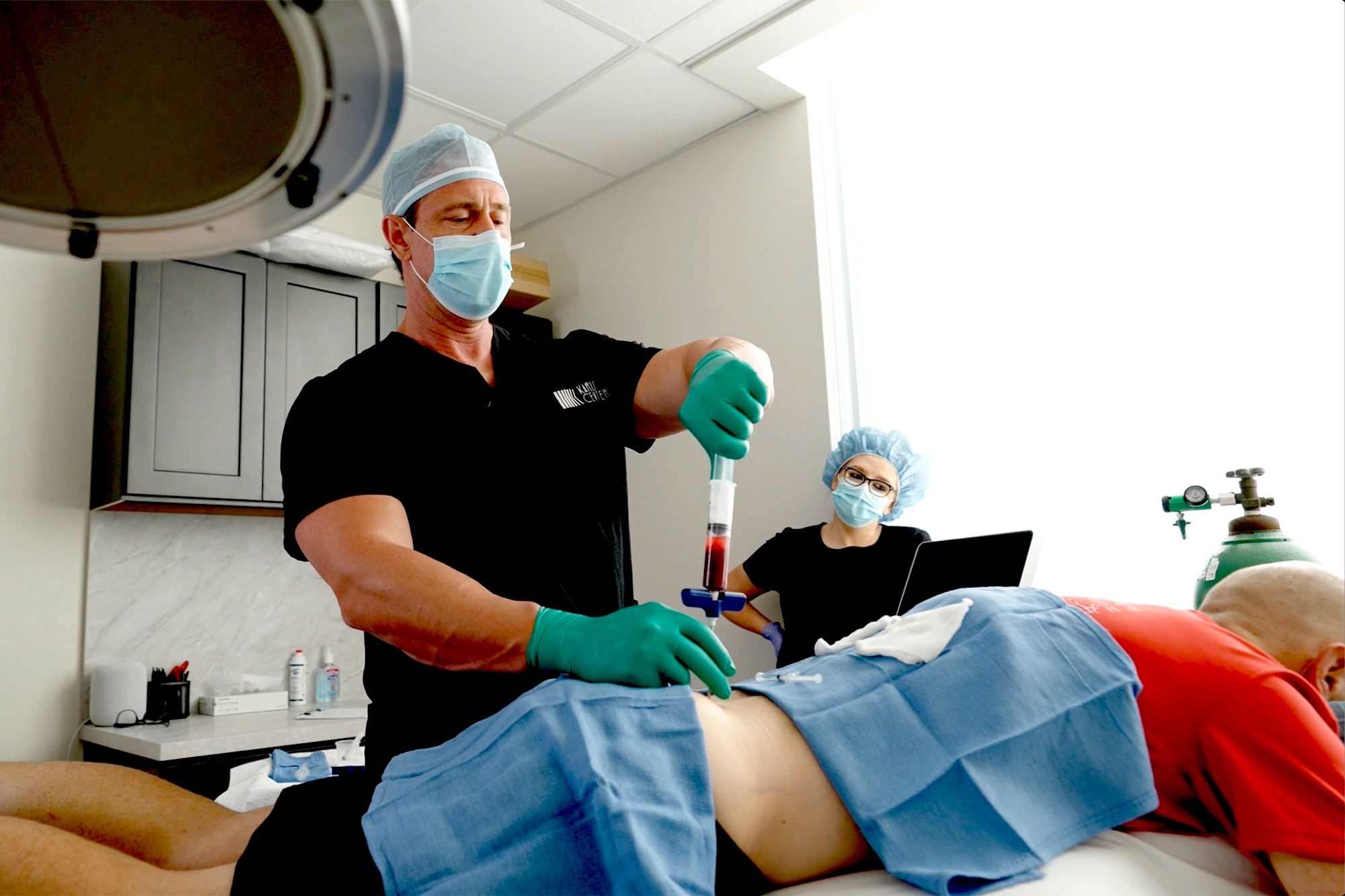
Recovery Timeline
Recovery timelines may vary depending on several factors, including the type of tissue (e.g., skin versus tendon or bone versus cartilage), a person’s age, and the expected level of physical demand following the treatment. Depending on the procedure, recovery can take anywhere from a couple of days to months.
In my case, skiing was 8 weeks out. I spent that first month honing efficiencies on easy runs with drills and easy gate runs. At 10 weeks out, I was back in the gates. I was conservative on the first two runs. But runs three and four were spot on.
I made aggressive line choices and kept up with my best personal times. By 12 weeks, I’ll be ready to ski at a competitive master’s level again.
Expertise of Your Medical Professional
Of all the variables, this one is the most critical and requires the most homework. Since its inception, stem cell therapy has suffered from predatory clinics that promise the fountain of youth and often deliver bunk therapy instead.
However, specialized stem cell medical professionals exist in the U.S. They’re easy to vet and follow strict medical standards. These doctors bring true scientific rigor to the field and have robust data sets from decades of procedures to help predict the most positive outcomes.
One of the leaders in the field of data is Greyledge Technologies. Greyledge is not a clinic but a third-party data collector used by medical professionals. Greyledge tracks 23 cellular parameters that provide a systematic approach based on 20+ years of data.
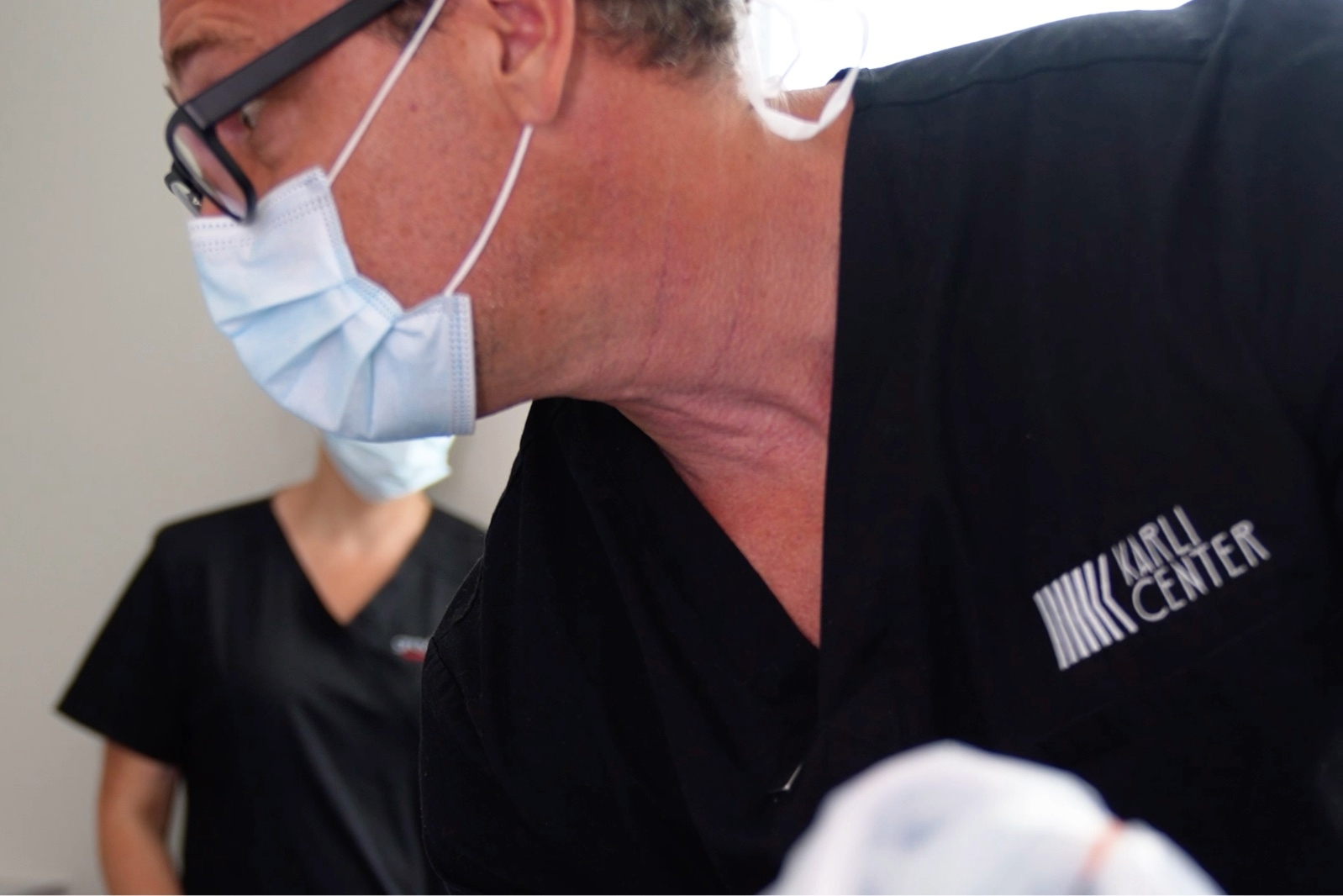
Unlike orthopedic surgeons who work in a physical and structural realm, stem cell medical professionals work in a cellular realm, and data helps predict a desired outcome. Your stem cell specialist should have decades, not years, of data to work with. If they provide stem cell therapy as a side hustle, and it isn’t what it occupies 100% of the clinic’s time, it’s likely best to continue your search.
When asked how prospective patients should go about shopping for a stem cell professional, Dr. Kokmeyer reinforced the importance of seeking out a vetted professional.
“First and foremost, I think it’s important to go with a specialist that uses hard evidence to drive their clinical decisions rather than a myriad of case examples and blanket promises you may hear/see on social media, radio, and TV,” he said. “A referral from another reputable specialist (orthopedist or primary care doctor) is also helpful.”
The Procedure: What to Expect
While everyone’s experience will differ somewhat, some key aspects of the stem cell procedure really stand out to me.
Anesthesia: During my first stem cell procedure, anesthesia was not provided. It’s brutal to have your hips drilled into with just a small prick of a deadening agent in your dermis. You want anesthesia.
Post-procedure: I had some localized swelling in both my hip and knee. However, I was mobile and able to hit the gym for an upper-body workout the day after my procedure. In the case of my hip, after two naps/rests, I drove the 5+ hours from Avon, Colo., back to Durango with no difficulty.
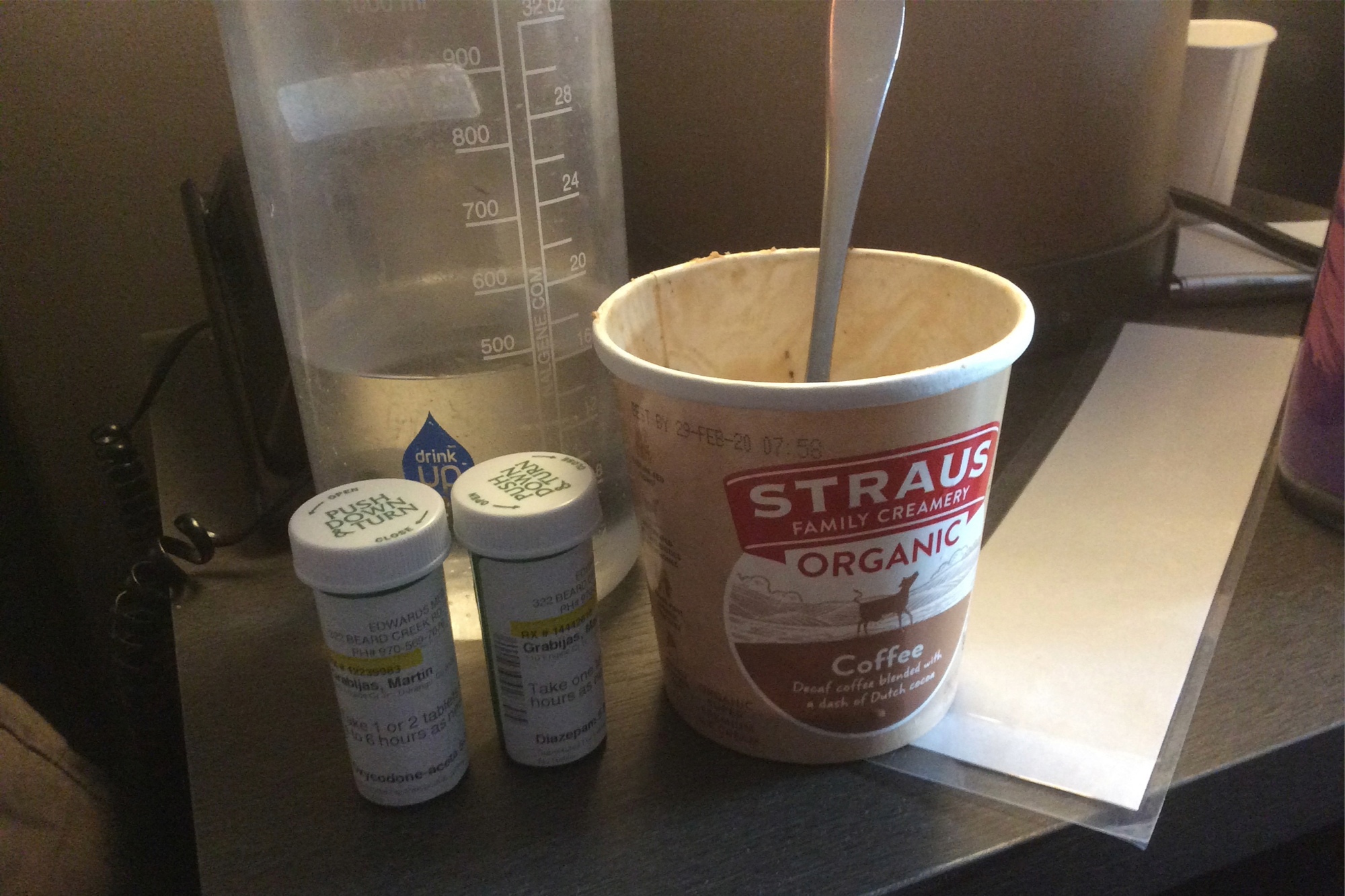
Fatigue: Approximately 200mL of bone marrow is extracted for treatment. Both of my procedures left me totally wiped out during weeks two and three of recovery. I had enough gas to get my morning workout in and have lunch. Then it was lights out for a 20-minute nap. By week four, I was generally able to make it through the day without a nap.
Your activity level: Your body needs rest, even if your mind is bored. Sit still, let the stem cells work, and do your best to respect the recovery protocol.
Bore sites in your hips: By far, the biggest lasting annoyance was the sensitivity of the bore sites in my hips. It was not constant. However, for 6+ weeks after the procedure, if I sat down with authority in a hard-backed chair, those bore sites let me know that they were still with me.
The Sooner You Act, the Better the Outcome
If you currently have a nagging condition, you should investigate the range of treatments sooner than later. That nagging, low-level pain could be leading to compensation patterns in your everyday athletic performances and life. The funny thing about compensation patterns is that without video analysis of your performance and an eye trained in movement analysis, you are probably not even aware of them.
Those compensation patterns will also likely lead to a loss of muscle mass and strength. As a former Army Captain and Certified Strength and Conditioning Specialist, physical therapist Nathan Dailey specialized in returning warriors to the battlefield stronger than they were before an injury.
According to Dailey, better outcomes result from earlier treatments.
“By delaying surgery, the affected musculature will continue to atrophy, making recovery to pre-injury levels that much more of a difficult process,” he told me.
In other words, your road to recovery will suck even more and last even longer the later you wait to get treated.
Conclusion: Learn More
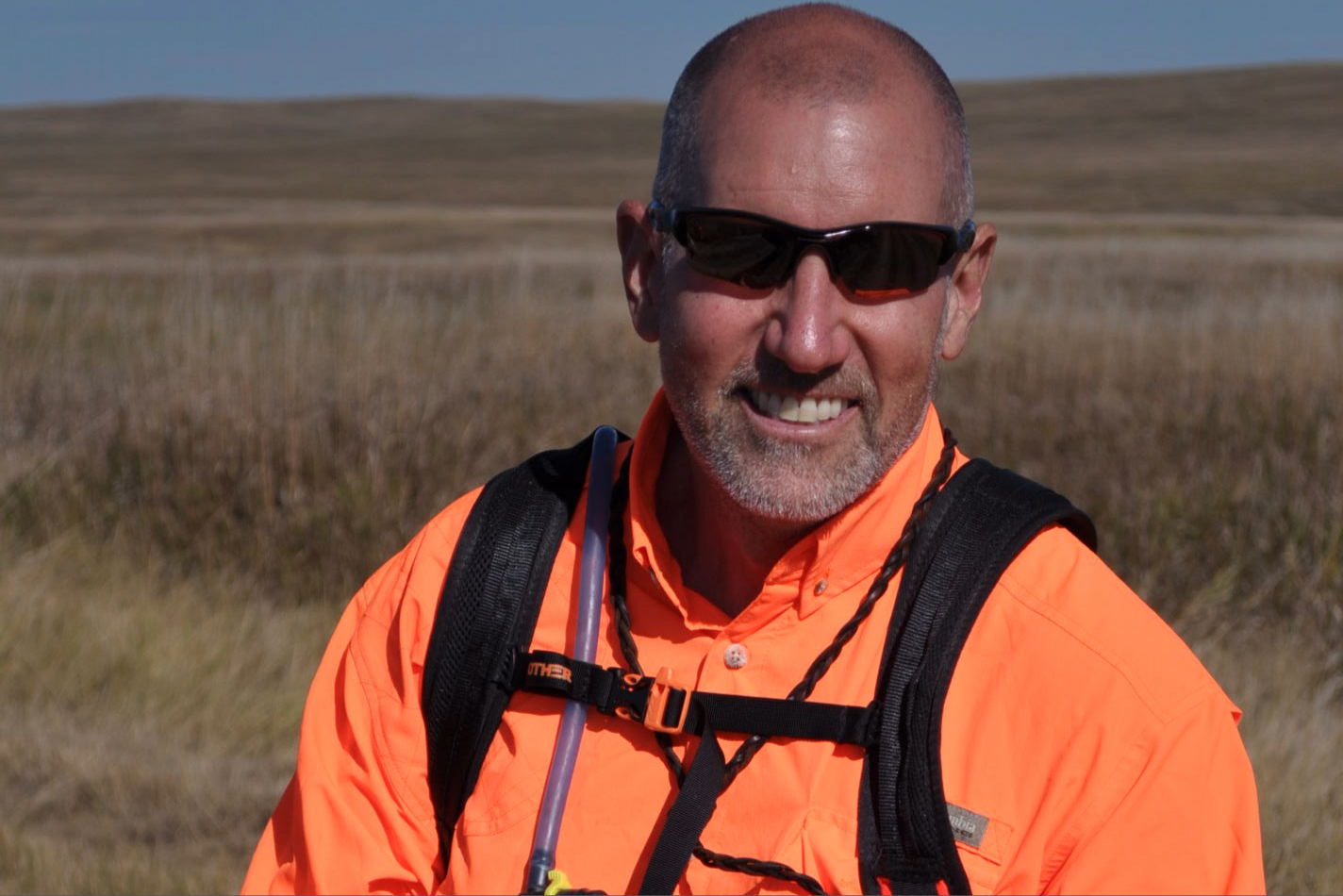
It should be noted that stem cell treatments, in their various forms for orthopedic applications, are not FDA-approved. That means that insurance is unlikely to cover treatments. Those treatments can run from the mid to high four-figure range with the best practitioners. And a medical treatment is something that you don’t want to budget shop for.
While not FDA-approved, there are volumes of data and peer-reviewed scientific studies that analyze and break down stem cell treatments. Don’t just trust me. Do your own research and read the scientific literature.
A great way to cut through the noise is to Google “metastudies on stem cell treatments” or search Google Scholar for “stem cell therapy.”
Resources such as the Stem Cell Council, the National Library of Medicine, the National Stem Cell Foundation, the International Society for Stem Cell Research, the Stem Cell Blog, and Resources by UC Davis are all valuable. The Karli Center’s website also has a number of videos that can help a patient understand what to expect.
Is stem cell treatment right for you? Only you can answer that. In both of my cases, the options were years of steady decline in performance, strength, and quality of life followed by a parts replacement and a year of grueling recovery or a relatively noninvasive procedure that had me back in form in short order.
Both times, I chose the latter, and I would do it again.


